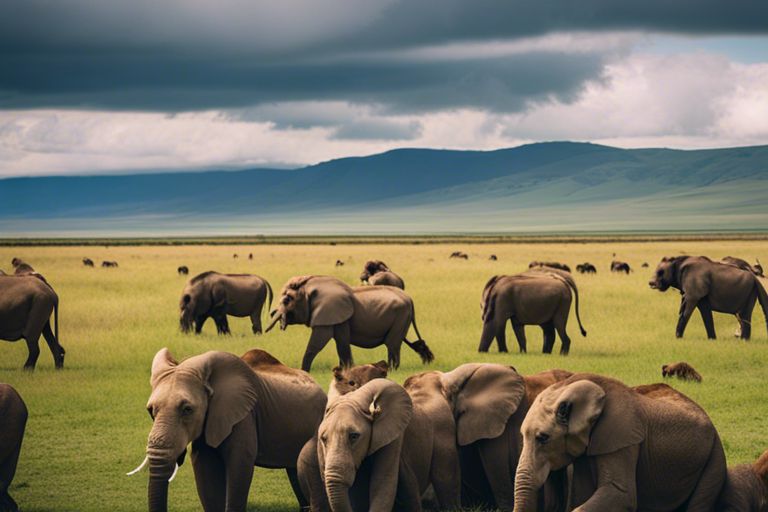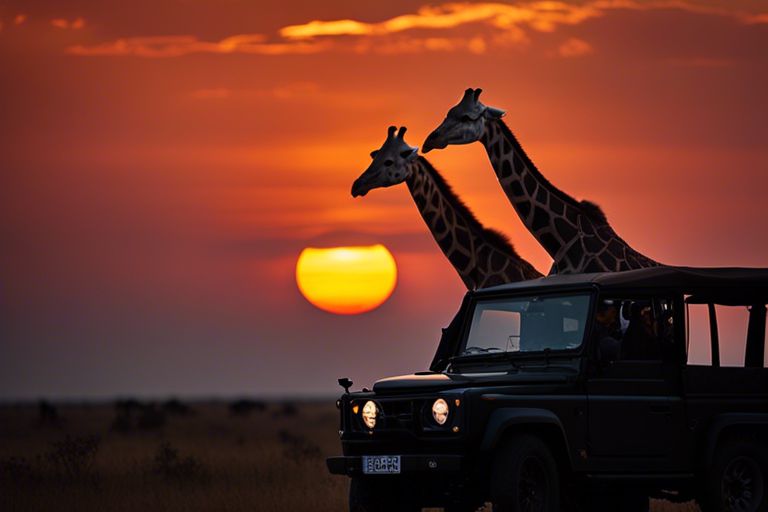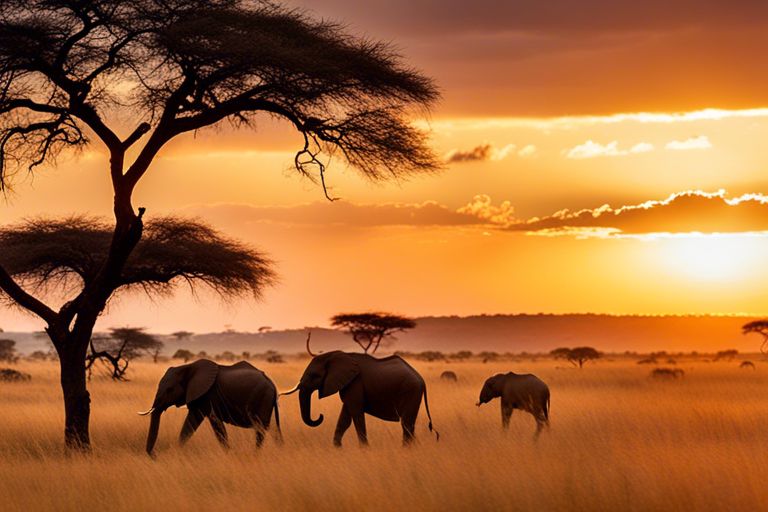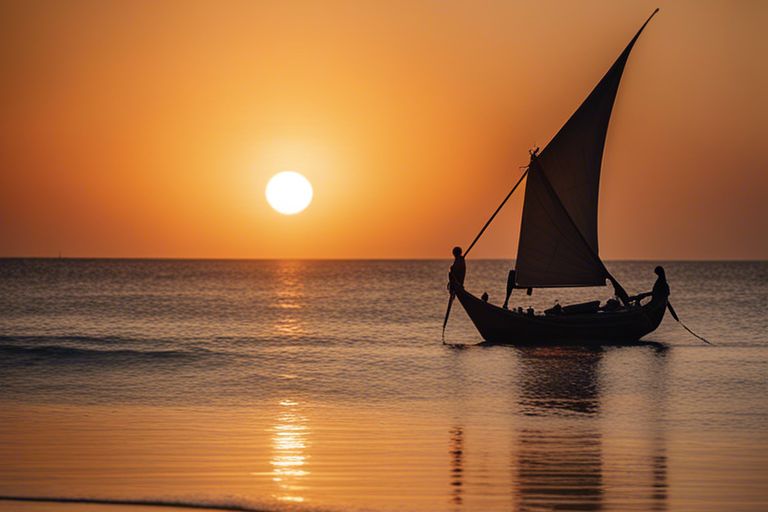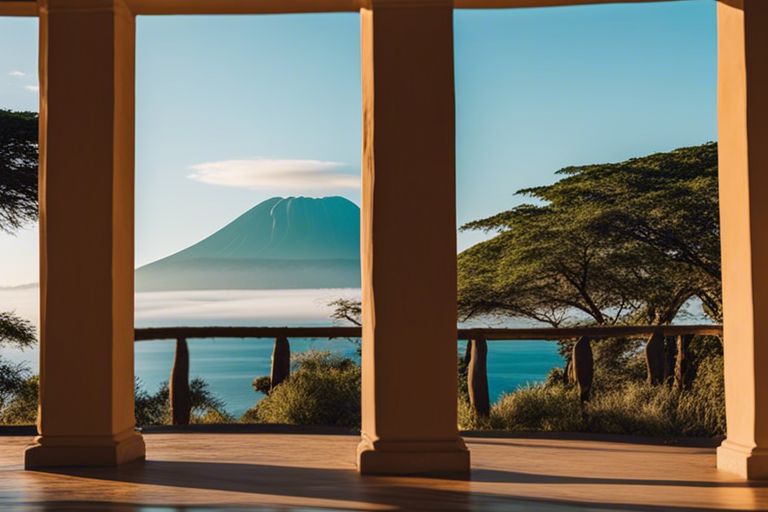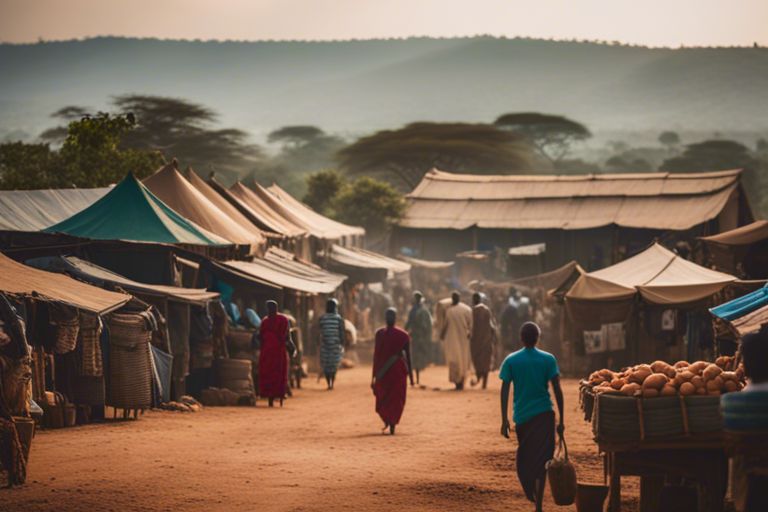Top Tips For Exploring Ngorongoro Crater Animals Up Close
Just imagine being up close and personal with some of the most magnificent creatures in the animal kingdom. Ngorongoro Crater in Tanzania offers a unique opportunity to witness a wide array of wildlife in their natural habitat. To make the most of your safari experience and get a glimpse of these incredible animals, here are some top tips to help you explore Ngorongoro Crater and its inhabitants up close.
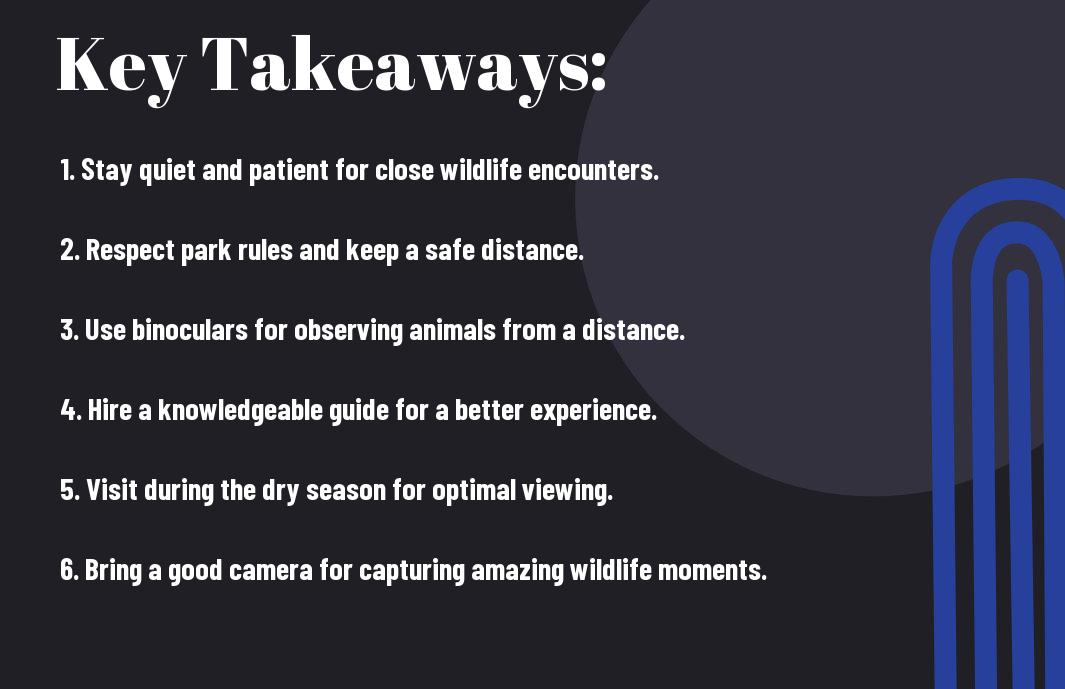
Planning Your Safari
Best Time to Visit
One of the key factors to consider when planning your safari to Ngorongoro Crater is the best time to visit. With its diverse wildlife and breathtaking landscapes, the Ngorongoro Crater is a year-round destination. However, the dry season from June to September is considered the best time to visit, as the wildlife congregates around water sources, making it easier to spot animals against the backdrop of the crater’s stunning scenery.
Essential Safari Tips
One imperative tip for your Ngorongoro Crater safari is to pack light but smart. Essential items to bring include sturdy walking shoes, a hat, sunglasses, and lightweight clothing that can be layered for cooler mornings and evenings. Other tips include staying hydrated, applying sunscreen regularly, and respecting the wildlife by keeping a safe distance at all times.
Essential safari tips:
- Pack light but smart
- Stay hydrated and wear sunscreen
- Respect the wildlife and keep a safe distance
Knowing how to behave around the wildlife is imperative for a successful and enjoyable safari experience. By following these imperative safari tips, you can ensure that your journey to Ngorongoro Crater is memorable for all the right reasons.
Navigating the Crater Terrain
Safari Vehicle Guidelines
One crucial factor to consider when exploring Ngorongoro Crater is the type of safari vehicle you choose. Opt for a sturdy 4×4 vehicle with excellent visibility to navigate the sometimes rough and unpaved roads of the crater. Make sure your vehicle has a knowledgeable guide who can enrich your experience with insights into the wildlife and ecosystem of the area.
Walking Safaris and Safety
Any walking safaris in Ngorongoro Crater must be accompanied by an armed ranger for safety reasons. The crater is home to a variety of wild animals, and it’s crucial to respect their space and behavior. Your ranger will be well-versed in the flora and fauna of the crater, providing you with a safe and informative experience.
To fully enjoy a walking safari in Ngorongoro Crater, it’s important to listen attentively to your ranger’s instructions and stay close to the group. Avoid making sudden movements or loud noises that could startle the animals. Remember to carry crucials like water, sunscreen, and a hat to protect yourself from the sun during the excursion.
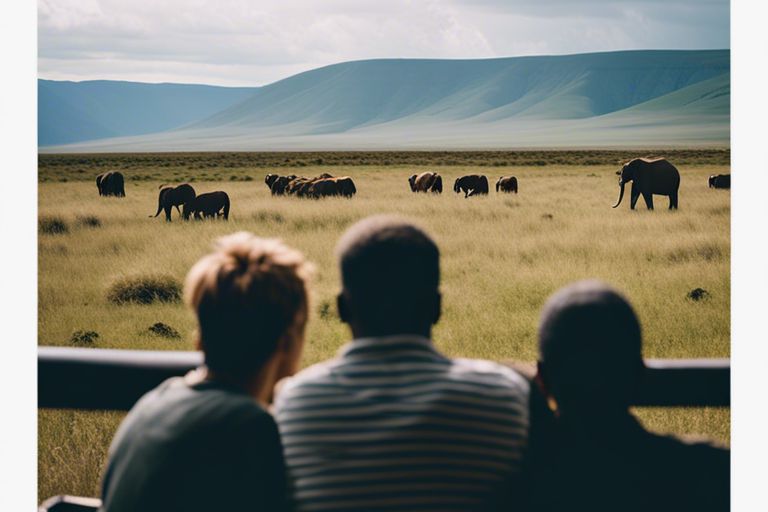
Wildlife Watching Tips
Once again, exploring the wildlife in Ngorongoro Crater is an exhilarating experience that requires some important tips to ensure you make the most of your adventure. To enhance your chances of encountering the diverse array of animals that call this area home, consider the following suggestions:
- Always respect the animals’ space and avoid approaching them too closely.
- Bring binoculars for a better view of animals that may be far away.
- Stay quiet and patient to observe natural behaviors without disturbing the wildlife.
The key to a successful wildlife watching experience in Ngorongoro Crater lies in patience, respect, and preparedness. To learn more about the animals you may encounter in the area, check out our A guide for seeing the animals in Ngorongoro Crater.
Areas for Optimal Animal Viewing
Animal viewing in Ngorongoro Crater is best done in certain areas where wildlife tends to congregate. The Lerai Forest and the Hippo Pool are popular spots for seeing a variety of species, including elephants, hippos, and different bird species. Be sure to inquire with your guide about the best locations for optimal animal sightings during your visit.
Responsible Animal Encounters
With the privilege of observing wildlife up close comes the responsibility to do so ethically and respectfully. Always follow your guide’s instructions and adhere to park regulations to ensure minimal disruption to the animals’ natural habitats. Avoid feeding the animals or engaging in any behavior that may alter their behaviors or impact their well-being.
Preservation of Ngorongoro
After launching on a thrilling safari in the Ngorongoro Crater, it is necessary to understand the importance of preserving this unique and biodiverse ecosystem. To learn more about the incredible experiences you can have in the Crater, check out A Safari in the Ngorongoro Crater.
Conservation Efforts
To ensure the long-term survival of the wildlife and habitats within Ngorongoro Crater, extensive conservation efforts are in place. This includes anti-poaching patrols, habitat restoration projects, and wildlife monitoring programs.
Community Involvement
To actively involve the local communities living around Ngorongoro Crater, initiatives are in place to promote sustainable tourism practices and empower the residents. By engaging with the community, conservation efforts can be more effective and long-lasting.
For instance, local tribes are encouraged to participate in nature conservation projects and eco-friendly practices to ensure that the wildlife and natural resources are protected for future generations to enjoy.
To wrap up
As a reminder, exploring Ngorongoro Crater animals up close can be an exhilarating experience, but it is important to remember to respect the animals and their natural habitat. By following these top tips, such as staying quiet, keeping a safe distance, and being patient, you can increase your chances of witnessing incredible wildlife interactions in this unique environment. Remember to always follow the guidance of your experienced guide to ensure a safe and responsible wildlife viewing experience. With these tips in mind, you are sure to have a memorable and enjoyable safari adventure in Ngorongoro Crater.
FAQ
Q: What is the best time to visit Ngorongoro Crater for observing animals up close?
A: The dry season, from June to September, is the best time to visit Ngorongoro Crater for observing animals up close. During this time, the animals congregate around the water sources, making it easier to spot them.
Q: What are the most commonly seen animals in Ngorongoro Crater?
A: Some of the most commonly seen animals in Ngorongoro Crater include lions, elephants, buffaloes, rhinos, and hippos. The crater is also known for its high concentration of predators, making it a great place for spotting these majestic creatures.
Q: How can I get up close to the animals in Ngorongoro Crater without disturbing them?
A: To get up close to the animals in Ngorongoro Crater without disturbing them, it is important to stay inside your vehicle at all times. Avoid making loud noises or sudden movements, and always respect the animals’ space.
Q: Are there any safety precautions I should take when exploring Ngorongoro Crater up close?
A: When exploring Ngorongoro Crater up close, it is important to follow the instructions of your guide and stay on designated roads. Avoid getting too close to the animals, especially predators, and always be aware of your surroundings.
Q: What is the significance of Ngorongoro Crater in terms of wildlife conservation?
A: Ngorongoro Crater is a UNESCO World Heritage Site and plays a crucial role in wildlife conservation. The crater’s unique ecosystem supports a wide variety of plant and animal species, making it a vital habitat for preserving biodiversity in the region.

